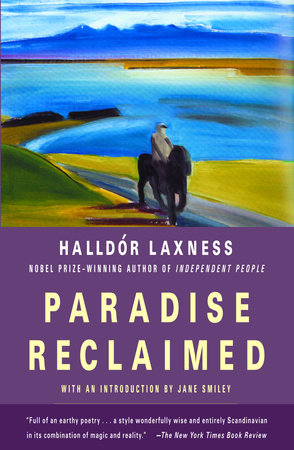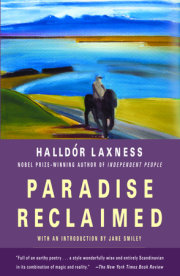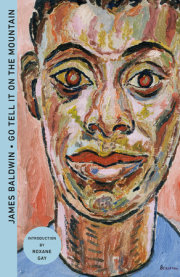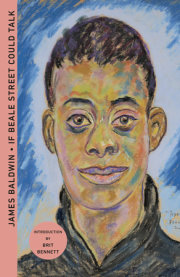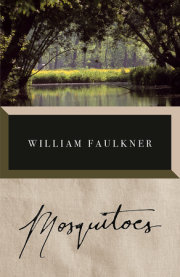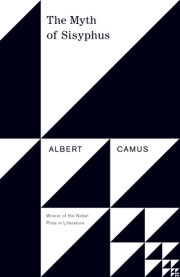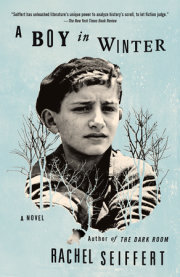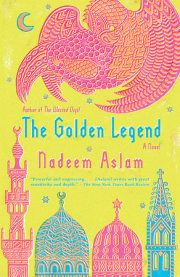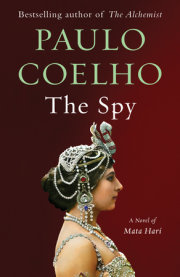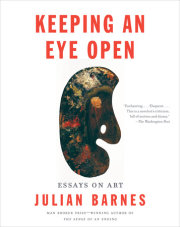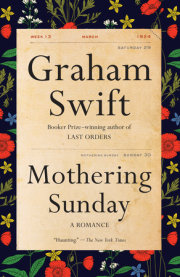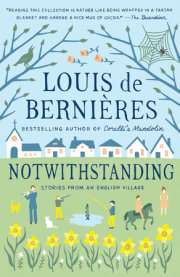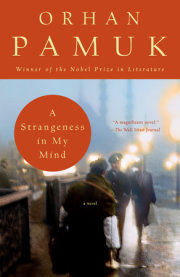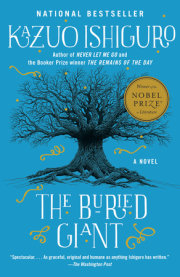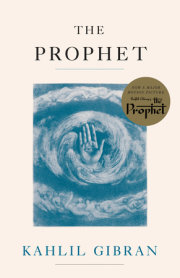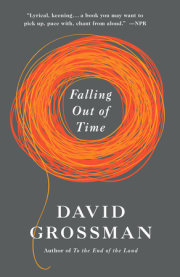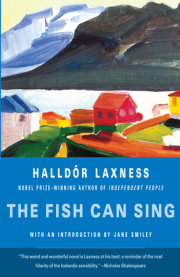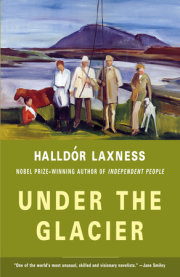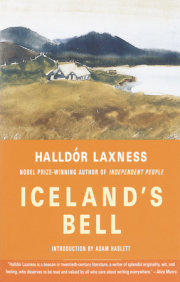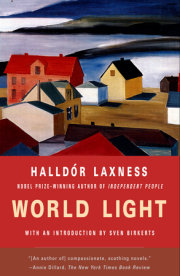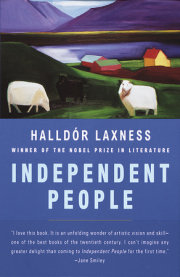1
The wonder pony
In the early days of Kristian Wilhelmsson, who was the third last foreign king to wield power here in Iceland,* a farmer named Steinar lived at HlÃ?dar in the district known as SteinahlÃ?dar. He had been so named by his father after the rubble of stones that cascaded down off the mountain in the spring when he was born. Steinar was a married man by the time this story opens, and had two young children, a daughter and a son; he had inherited the farm of HlÃ?dar from his father.
At this time, Icelanders were said to be the poorest people in Europe, just as their fathers and grandfathers and great-grandfathers had been, all the way back to the earliest settlers; but they believed that many long centuries ago there had been a Golden Age in Iceland, when Icelanders had not been mere farmers and fishermen as they were now, but royal-born heroes and poets who owned weapons, gold, and ships. Like other boys in Iceland, Steinar's son soon learned to be a viking and king's-man, and whittled axes and swords for himself out of pieces of wood.
HlÃ?dar was built in the same way as the average farmhouse in Iceland had been from time immemorial--a floored living-room and entrance, and a small timber-lined spare room with a bed for visitors. A row of wooden gables faced on to the yard in the normal order of farm-buildings of that period, with an outhouse, store-shed, byre, stable, sheep-hut and finally a small workshed. Behind the buildings the haystacks reared up every autumn and dwindled down to nothing by the spring.
Farms of this kind, turf-roofed and grass-grown, were to be found huddling under the mountain-slopes in a thousand places in Iceland in those days; what distinguished the farm we are now to visit for a while was the loving and artistic care with which the owner made up for what it lacked in grandeur. So scrupulous was his attention to his property, by day or night, that he would never see damage or deterioration of any kind, indoors or out, without making haste to repair it. Steinar was a master-craftsman, equally skilled with wood and metal. It had long been the custom in the district to point out the dry-stone dykes and walls of HlÃ?dar in SteinahlÃ?dar as an example for aspiring young farmers to follow in life; there were no other works of art in those parts to compare with these carefully built walls of stone. The farms in SteinahlÃ?dar stand on a plain under cliffs which had been the seaboard twenty thousand years before. Pockets of soil keep forming in crevices up in the rock-face and various plants take root in them, which undermine the fabric of the rock. In the heavy rains of spring and autumn the soil is washed away from the fissures, and pieces of rock bounce down on to the farms below. On some farms these stones would cause great damage every year to the meadows and home-field, sometimes even to the buildings themselves. Steinar of HlÃ?dar often had his hands full in the spring, clearing the boulders from his home-field and meadows--the more so since he was more meticulous than most. Many were the times he had to bend double and straighten up with a heavy boulder in his arms, for no other reward than the joy of seeing a destructive stone fitted with dedicated care into a wall.
It is said that Steinar of HlÃ?dar had a white pony which was considered the finest animal in the south. This horse was the sort of phenomenon that every farm needs. It seemed beyond serious doubt that this was a supernatural beast and had been so ever since he was a foal, when he had unexpectedly appeared on the scene at the side of a rather elderly white mare which had been running with the herd for a long time in the mountains. At the time of the birth she was grazing at LÃ?nsbakkar (Creek-Banks), but she had been stabled over midwinter and no one had had any idea that she was in foal. If there were ever a case of immaculate conception in Iceland, then this was it. The birth took place in a snowstorm nine days before summer; not a flower in sight, not even a dock-leaf crouching by a wall, certainly no sign of the golden plover yet--the fulmar had scarcely started to hurl itself high in the air to see if the mountains were still there; and suddenly a new creature had been brought into the world almost before the spring itself was born. The little foal ran so lightly at the old mare's side that he could hardly be said to touch the ground with his toes; and yet these tiny hooves were not turned backwards, and this seemed to indicate that he was not a water-kelpie after all--at least not on both sides. But since the mare was unprepared for him, what was this fairy creature to live on? The old mare was brought back to the farm and given hay; and the young kelpie was given butter, which was the only thing that would do in place of the mare's milk that did not exist. And the little kelpie went on being given butter from the churn until he was put to grass.
As he grew he developed handsome lines, a richly arched neck with a full mane, lean flowing hindquarters, long slender legs and well-formed hooves. There was a fine gleam in his keen eyes, and his sense of direction never failed him; he trotted smoothly and well, and at galloping he was quite without equal. He was named Krapi after all the slush and snow there was that spring; and from then on, time was always reckoned in terms of the year of his birth: the spring Krapi was a year old, two years old, three years old, and so on.
Up on the cliffs some ravines had formed here and there which broadened farther up into grassy watercourses. The ponies from the farms nearby often gathered there in a large herd--"up on the Brows," as people said--or else along the riverbanks or the plains by the sea. But because of all the cosseting and the titbits that Krapi had grown used to accepting from the folk at HlÃ?dar, he often came trotting alone down the mountain or up from the flats straight into the farmyard, where he would rub himself against the doorpost and whinny into the house. He seldom had to wait very long for a lump of butter if there were any available. It was a pleasure to lay one's face against his nose, which was softer than any maiden's cheek; but Krapi never liked being caressed for long. As soon as he had got what he wanted he trotted away along the path and then broke into a sudden gallop as if something had frightened him, and did not pull up until he had rejoined the herd.
The summers in Iceland were long in those days. In the mornings and evenings the meadows were so green that they were red, and during the day the horizon was so blue that it was green. But throughout this remarkable play of colours (which no one paid any attention to or even noticed, for that matter) HlÃ?dar in SteinahlÃ?dar went on being one of those south-country farms where nothing very eventful ever happened except that the fulmar went on sweeping along the cliffs just as in great-grandfather's day. On ledges and in crevices in the cliffs grew rose root and fern, angelica, brittle bladderfern and moonwort. The boulders kept on tumbling down as if the heartless cliff-troll were shedding stone tears. A good pony can occur on a farm once in a generation, with luck; but on some farms, never in a thousand years. From the sea, beyond the sands and marshes, for a thousand years, the murmur was always the same. Late in the hay-season, when the eggs were safely hatched, the oyster-catcher would arrive in red stockings and white shirt under a black silk jacket to strut aristocratically through the new-mown meadows, whistle, and depart. For all those centuries, Snati the farm-dog was just as full of his own importance as he trotted at the shepherd's side behind the milch-ewes every morning, newly fed and with his tongue lolling out. On still summer days the sound of a scythe being hammered sharp would drift over from the neighbouring farm. There was rain on the way if the cows lay down in the meadow, particularly if they were all lying on the same side; but if there were a dry spell on the way they would bellow eleven times in a row at sunset. Always the same story.
When Krapi was three years old, Steinar put a halter round his neck to make him easier to catch, and kept him in the herd of work-ponies near the farm. By summer he had grown accustomed to the bridle, and learned to walk beside another pony that was being ridden. Next spring Steinar began to break him in to the saddle, and then to train him to trot. In the long light evenings he would give the colt his lead in gallops over the flats. And if the muffled thunder of hooves reached the farmhouse in the early hours of the morning, one could never be quite sure that everyone inside was sound asleep; it sometimes happened that a little girl would come out in her petticoat with fresh milk in a pail, accompanied by a young bare-legged viking who always went to bed with the axe Battle-Troll* under his pillow.
"Is there a better horse in the whole place?" the boy would ask.
"It would probably take some finding," said his father.
"Isn't he quite certainly descended from kelpies?" asked the little girl.
"I think all horses are more or less fairy creatures," said her father. "Especially the best ones."
"Can he then jump up to heaven, like the horse in the story?" asked the viking.
"No doubt about it," said Steinar of HlÃ?dar, "if God rides horses at all. Quite so."
"Will another horse like him ever be born in these parts again?" asked the girl.
"I'm not so sure about that," said her father. "One would probably have to wait a while. And it could also be long enough before another little girl is born in these parts who can light up a home as much as my girl does."
2
Great men covet the pony
It now so happened that Iceland, in a great surge of national awakening, was celebrating the thousandth anniversary of the settlement of the country, and for that reason a festival was to be held the following summer at Tingvellir, on the banks of the Öxará (Axe River). Word also came that King Kristian was expected from Denmark to attend these millennial celebrations, in order to grant the Icelanders their formal independence--which, come to that, they had always considered theirs but had always been denied by the Danes; but from the day that King Kristian stepped ashore, Iceland was to become by constitution a self-governing colony under the Danish crown. This news was welcomed in every farmhouse in the country because it was thought to herald something even better.
One day early in summer, shortly before the meadows were put to the scythe, a great frenzy seized the dog at HlÃ?dar in SteinahlÃ?dar. His hackles bristled horribly at the sound of hooves coming from the main track, and he jumped up on to the roof of the farmhouse as he always did on occasions of great moment; and now there was barking such as once was heard in the days of old at the entrance to GnÃ?pahellir.* Soon visitors with many ponies came riding up to HlÃ?dar in SteinahlÃ?dar, for in these parts, like everywhere else in Iceland, the main track led right through the farmyards. It was always considered a significant event out in the country when Snati jumped up on to the roof, and hearts would beat faster; it was a portent that these were no vagrants on the way.
It is the story-teller's privilege to give some account of his heroes before they arrive on the scene. These were two eminent gentlemen who rode into the farmyard with a string of horses and grooms in tow. In charge of this company was Sheriff Benediktsson,* but it is no part of this narrative to examine the reason for his journey; the authorities have many occasions to travel. This sheriff had been little more than two years in office; he was a young man, and had been appointed as soon as he graduated. He was considered a poet by the public, but the more modern-minded in the district who wanted to be in fashion called him an idealist. However, there had never been any idealists in Iceland before now, and older people did not understand the meaning of the word; they reckoned that this sheriff was not cast in the same mould as sheriffs of the past had been, and called him two-faced.
The other visitor was the agent Björn of Leirur,* who had worked his way up from nothing and early in life had made use of what were considered his superior talents and intelligence to ensure that he would not have to chase sheep and haul cod. As a boy he had gone to the trading-station down at Eyrarbakki for training, and then as a youth had spent a few years with his employers in Denmark; on his return to Iceland he was appointed clerk to the previous sheriff at Hof, and received from him various derelict crofts along the coast with significant names like B�li (Den), Hnúta (Knuckle) and Svad (Bog). These he joined up into one large estate on which he built an imposing house; then he married for money, and employed many workers. He had long since ceased to be a sheriff's clerk, of course, but on the other hand he received many business commissions from various other sheriffs, and now travelled the country as an agent for the Scots, buying up ponies and sheep on their behalf for gold, which he usually carried in stout leather bags attached to the pack-saddles. He would buy up wrecked ships along the south coast, sometimes at auctions and sometimes by arrangement with the authorities, and in this way he had amassed a pile of wealth that made the farmers boggle. He was always on the spot when anyone was being forced to sell up through lack of ready money or farming losses or other misfortunes, and by now he had collected a large number of farms up and down the country. Wherever he went he selected good riding-ponies for himself, and paid in gold whatever price was asked. He was a tireless traveller, fearless in the face of hardship or danger, a man who never hesitated to ford the mightiest rivers wherever he came to them, by night or by day--chiefly, perhaps, because his horses were more reliable than most. But although Björn of Leirur was now getting on in years, he had never managed to create sufficient confidence within the district for the farmers themselves to make him their agent; somehow his popularity was the greater and his reputation the rosier the farther he was away from home. Björn of Leirur cultivated Sheriff Benediktsson's friendship assiduously from the moment he arrived in the district; he gave him horses, cattle and land, and attached himself to him as much as possible. It often came about that Björn happened to be going the same way when the sheriff was travelling the district on official business, and then there was much boisterous talk and uproarious laughter with the farmers and farm-folk; there was seldom much brenniv�n* on the go on those occasions, but usually the snuff was moistened with cognac.
Copyright © 2002 by Halldor Laxness Introduction by Jane Smiley. All rights reserved. No part of this excerpt may be reproduced or reprinted without permission in writing from the publisher.

